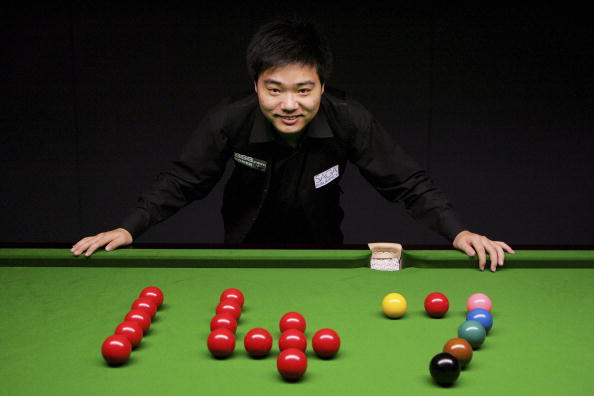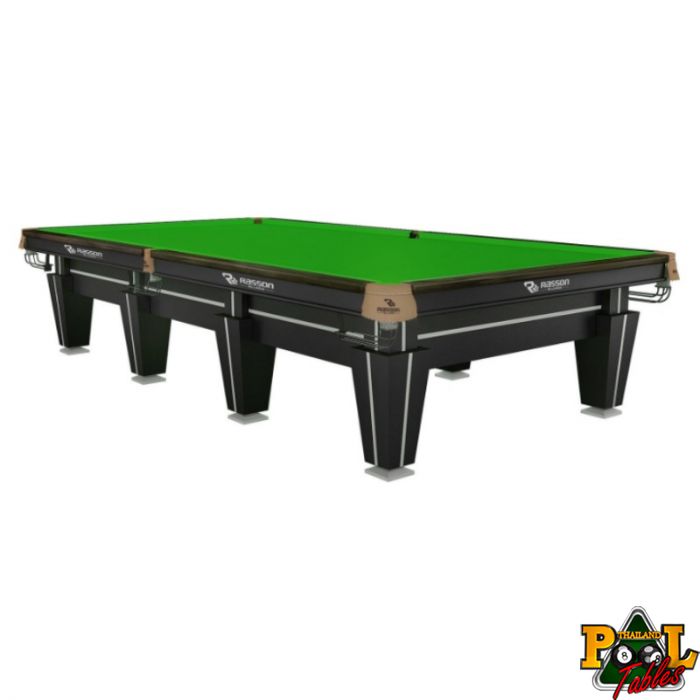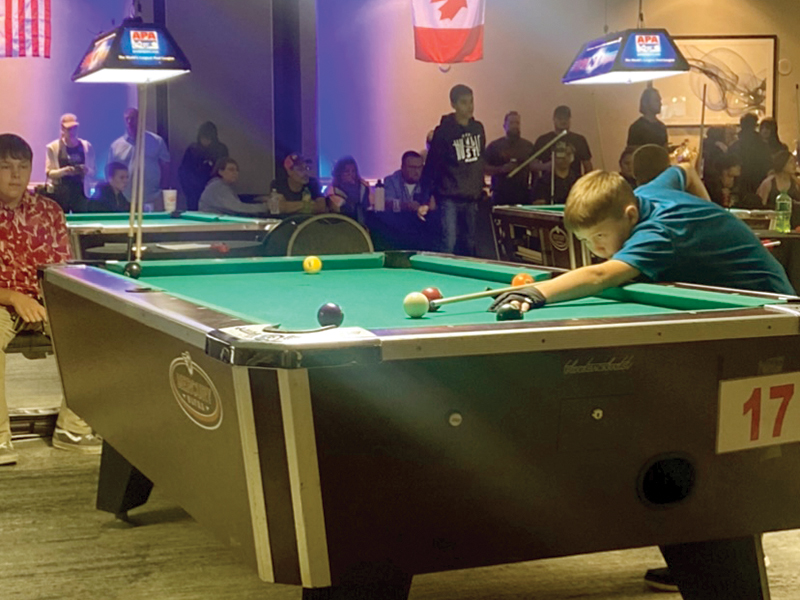
There are many differences between snooker and pool, but there are also some similarities. While the tables and rules of both games are very similar, the former has smaller pockets with more balls, and the latter has a more complicated scoring system. In addition, both games require you to practice until you're a master.
snooker tables are lower-set
Pool and snooker both involve table games. Their rules are different. You can play them on different-sized tables. Pool tables have bigger pockets, while snooker tables have smaller pockets. Snooker table are generally higher-set, and more spacious than pool tables. Their playing surface is also twice as big as that of the pool tables. Snooker balls are smaller than pool balls, and the British cueball is slightly smaller than American.
The pocket of a snooker table is lower-set than the one on a pool table, with the side pockets being larger and the corner pockets being smaller. The markings on a snooker table are similar to those on pool tables, but the head and foot spots are different. The apex ball is placed at a foot spot in snooker. A break is made by an invisible line that runs across the table. However, a pool cue is a little heavier than a snooker cue. A rack of 15 balls is located at the top of the snooker table. It is also numbered.

Snooker tables have a smooth, flat surface
The difference in the surface between a snooker or pool table is significant. Pool tables have a rougher surface, while snooker tables have a smooth, velvety surface. While this allows players to better control the ball, it can also cause frustration for some players. To maintain control and avoid fouls, a smooth surface is crucial. The cloths used for snooker and pool tables are expensive. These cloths are long-lasting and durable.
Snooker tables are also smooth, with rounded pockets. Pool tables have shallower pockets. Pockets are critical for accurately hitting the pocketball. The smooth surface of the snooker table makes the game more enjoyable for players.
Snooker pockets look curvier from the inside.
The shape of a snooker pocket is a key factor in determining how easy or difficult a player can make pots in them. Because they are less flexible, pockets that have a curving inside are more difficult to use. The shape of a snooker table's pockets varies between different tables.
Snooker pockets are more curved on the inside than they are on the outside. This creates an easier target for the cue ball. It is easier to target smaller snooker balls. As a result, players need to control the cue ball in order to make pots.

snooker is easier to play than pool
Although snooker can be learned faster than pool, it is still more difficult. This is because the pockets in snooker are much narrower, and snooker players need to calculate spin, power, and aim much more precisely. As a result, snooker is more difficult to play than pool, but it is easier to learn than pool, and players of all skill levels can play both games successfully.
Although snooker is easier to learn than pool, many people think that it is harder than pool. This can partly be explained by the differences in the size of the balls compared to the table. Snooker balls can be hit harder because they are smaller. Snooker is easier to play because of its smaller pockets. However, snooker has more rules and regulations than pool.